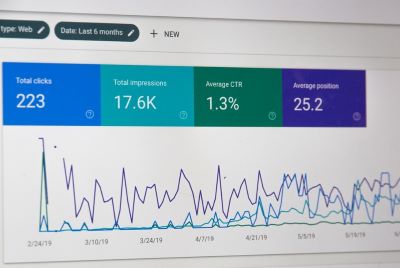API Platform Meaning and Examples

In this age of digital transformation, it’s important to have streamlined platforms that allow consumers and providers alike to have smooth interaction. Application programming interfaces (APIs), are part of the standardized services and microservices created by a developer team to make things from the market through the inner workings of a company better connected. Let’s take a deeper dive into what API platforms entail and where you may find these in your daily life.
What is API management?
 To better understand the API platform meaning, we must first understand API management. API management refers to managing these interfaces, often using scalable software for interface design, security, and analytics. These platforms enable enterprises and developers that publish or consume an API to monitor the interface’s life cycle and ensure it’s performing as designed. Providing these services makes it easier for a team of developers both internally and externally to adopt and integrate applications across a business system for greater connection through the three “S” factors: scalability, security, and support.
To better understand the API platform meaning, we must first understand API management. API management refers to managing these interfaces, often using scalable software for interface design, security, and analytics. These platforms enable enterprises and developers that publish or consume an API to monitor the interface’s life cycle and ensure it’s performing as designed. Providing these services makes it easier for a team of developers both internally and externally to adopt and integrate applications across a business system for greater connection through the three “S” factors: scalability, security, and support.
An API platform is designed to scale, alleviating edge caching for data that doesn’t change very often. This helps vendors place traffic limits on individual or group developers. Security of these interfaces starts with system architects keeping data sensitive through implemented protocols. API authentication is usually done with keys that make for a fast and reliable way of ensuring identity. Good API management platforms can help provide a positive developer experience through a variety of means, including interactive documentation, video hosting API, and developer-specific reporting.
Key Use Cases for APIs

Enterprises are using APIs for application development and data integration internally, while also using these interfaces for digital business platforms. Internal APIs connect to data and back-end services for integration and application developments. Internally, an API platform’s purpose is to eliminate the need for paper-based systems, modernizing infrastructure. This delivers greater application agility and scaling to support various applications in digital transformation initiatives. An event-driven API blueprint supports complex data flows and delivers real-time operations.
Public APIs expose internal data and functionality through open interfaces for use by external software developers. This is a platform for embedding services and expanding sales channels to the benefit of customers across different enterprise departments. A complete view of your APIs allows for an expanded partner network internally and externally. Lastly, there are partner APIs, designed to help runtime through partner onboarding portals. Reducing the need for custom coding allows for greater supply chain velocity and streamlining for onboarding and other interactions throughout an API platform.
Components of APIs
 Developing and designing APIs is the first step in the life cycle of the totality of services. A good API management solution enables users to easily model, deploy, and test interfaces all from the same tool. This API creation allows for a system to handle multiple strategic projects at a given time. After API development, API portals enable users to publicize these templates with ease. API portals are essentially the bridge between API providers and consumers. A good portal enables business users to package and manage APIs as products and onboard, engage, and empower developers.
Developing and designing APIs is the first step in the life cycle of the totality of services. A good API management solution enables users to easily model, deploy, and test interfaces all from the same tool. This API creation allows for a system to handle multiple strategic projects at a given time. After API development, API portals enable users to publicize these templates with ease. API portals are essentially the bridge between API providers and consumers. A good portal enables business users to package and manage APIs as products and onboard, engage, and empower developers.
From those portals, an API gateway is the way businesses control access to their back-end systems and services. An API gateway maintains a secure connection between data and these interfaces, managing API traffic inside and outside of a company. Finally, API analytics provide businesses with a way to monitor and manage all of the operational aspects of an API program. With API analytics, organizations can acquire a deeper understanding of the ongoing business and technical impact of their own platforms. This technology can be a game-changer for a variety of industries from retail to banking, and health care to manufacturing, and being part of a much bigger platform engineering process it can help the software development process as a whole. Read this in-depth guide on platform engineering to learn more.




